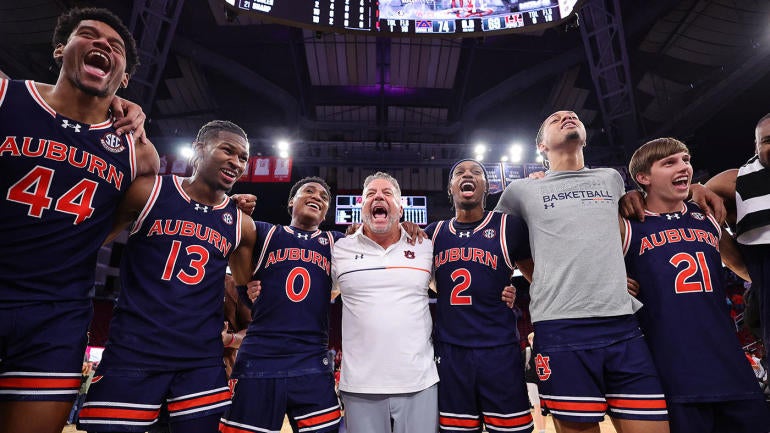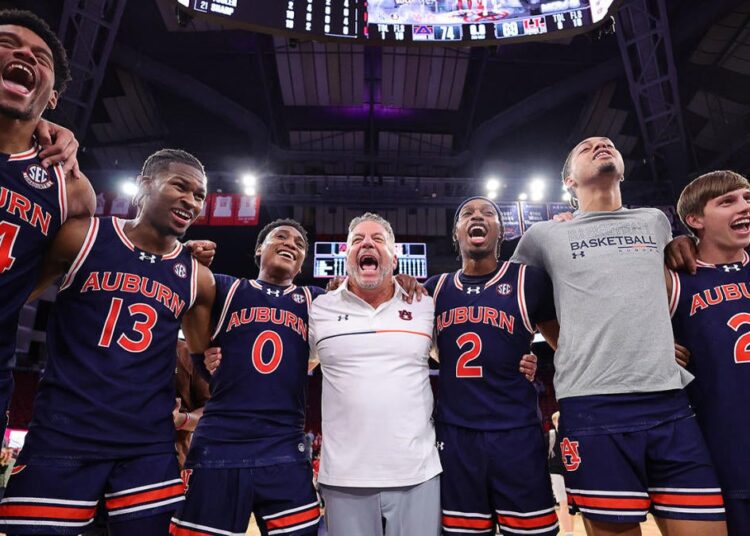
The college basketball season turned 10 days old on Thursday — a sample size just large enough to give us some meaningful insight into teams, but admittedly far too small to draw any sweeping conclusions from that may validate (or invalidate) any preseason expectations.
That’s why today we’re dropping our first Power Rankings to accommodate the awkward in-between of where we are in the young season.
This is not like Gary Parrish’s daily Top 25 (And 1) in which he ranks teams taking into account a combination of preseason expectations and regular-season performance. Nor is it like the AP or Coaches polls. It is a Power Rankings.
Of course, people may have different expectations for how Power Rankings are handled and handed out, though, so let me open these rankings — which will be handed out weekly — with my own operating guidelines. I promise to abide by these as closely as I can throughout the season.
Power Rankings definition: Ranking teams with an emphasis on recent performance based on their level of competition. These are heavily unscientific in nature and can be distilled down to a “vibes” ranking — with things like margin of victory, injuries, performance vs. top competition, momentum and other sometimes subjective factors weighing into the equation. The power rankings can be thought of in a weekly setting as a reaction — or sometimes even an overreaction — to the small sample of the week that was.
Because the season is still in its infancy, the first Power Rankings of the season done below includes only winners. I make the rules here. So Houston, North Carolina, Baylor … sorry boutcha. That doesn’t mean I don’t think those teams are good, and maybe even worthy of being ranked in the top 16, but it does mean that other teams made the first top 16 of our first Power Rankings.
Let’s get to it.
College Basketball Power Rankings
Read the full article here



























Discussion about this post